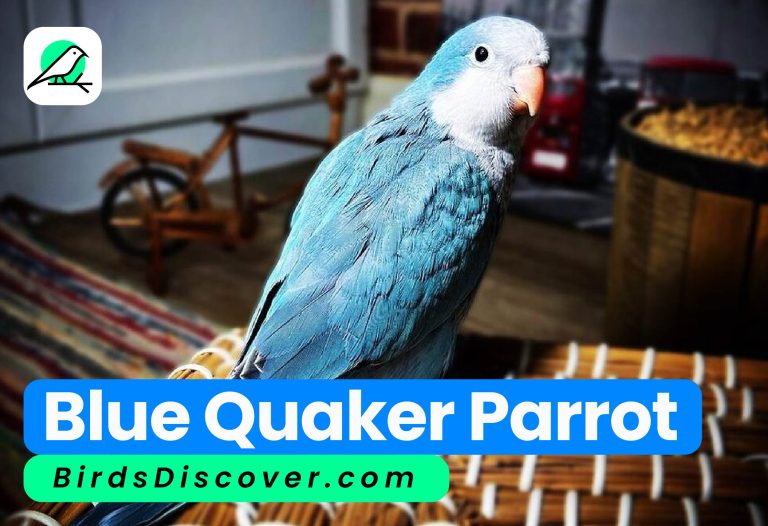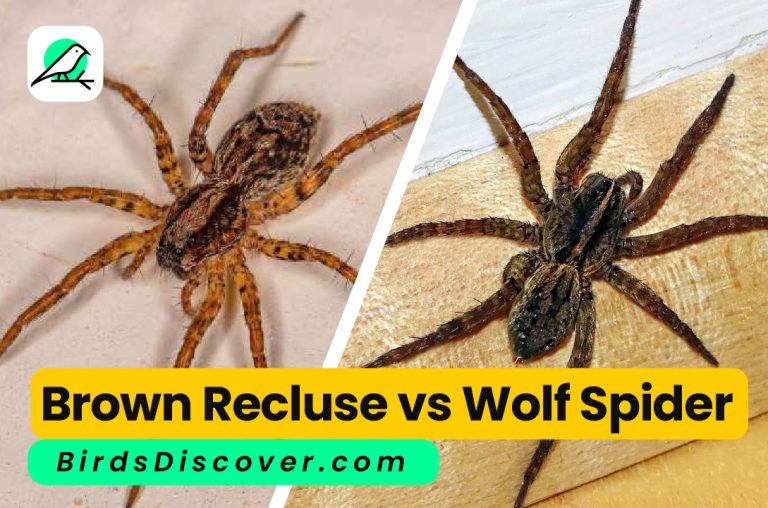How Do Birds Mate and Reproduce?
Description:
Bird mating and reproduction are fascinating processes that vary widely among species. From intricate courtship rituals to nesting and raising young, discover how birds mate and reproduce, explore the diverse strategies and behaviors involved, and understand what it takes to ensure the continuation of their species.
How Do Birds Mate and Reproduce?
1. Courtship and Mating Rituals
Bird courtship displays are elaborate and diverse, designed to attract mates and ensure reproductive success. These rituals can include:
- Song and Calls: Many bird species use vocalizations to attract females and establish territory. Males sing complex songs to demonstrate their fitness and genetic quality.
- Visual Displays: Birds may perform visual displays such as elaborate dances, puffing out feathers, or showing off colorful plumage to impress potential mates.
- Gifts: Some species, like the male bowerbird, present gifts or build intricate structures (bowers) to attract females. The quality and quantity of gifts can influence female choice.
2. Pair Bonding and Nest Building
Once a pair has formed, they often engage in behaviors that strengthen their bond and prepare for reproduction:
- Pair Bonding: Many bird species form long-term monogamous pairs, while others may be polyandrous or polygamous. Pair bonds are reinforced through mutual grooming, vocalizations, and coordinated activities.
- Nest Building: Birds build nests to provide a safe environment for their eggs and chicks. Nest building varies widely, from simple ground scrapes to intricate woven structures. The choice of nesting site and materials can be crucial for the success of the reproductive effort.
3. Egg Laying and Incubation
Once the nest is complete, the female lays eggs, which are then incubated until they hatch:
- Egg Laying: The number of eggs laid can vary greatly depending on the species. Some birds lay just one or two eggs, while others may lay dozens.
- Incubation: Both parents may share incubation duties, or it may be the responsibility of just one. During incubation, birds keep the eggs warm and protected from predators. The length of the incubation period depends on the species and can range from a few weeks to over a month.
4. Hatching and Chick Rearing
After the eggs hatch, the real challenge begins—raising the chicks to independence:
- Hatching: Chicks emerge from their eggs after a period of incubation, usually with the help of an egg tooth that helps them break through the shell.
- Feeding: Parent birds feed their chicks with regurgitated food or, in some cases, insects and other prey. The feeding frequency and diet vary by species and the developmental needs of the chicks.
- Fledging: As chicks grow, they develop feathers and learn to fly. The transition from dependent nestlings to independent fledglings involves learning essential survival skills and gradually leaving the nest.
5. Parental Care and Post-Reproductive Behavior
Post-reproductive behavior varies among species, but generally, parental care includes:
- Continued Care: Some species continue to care for their young even after fledging, providing guidance and protection as they learn to forage and survive on their own.
- Re-nesting: After raising their brood, birds may engage in re-nesting or prepare for the next breeding season, depending on their life cycle and environmental conditions.
Conclusion
Bird reproduction encompasses a diverse range of behaviors and strategies, from elaborate courtship displays to meticulous nest building and chick rearing. Understanding these processes not only highlights the complexity of avian life but also emphasizes the importance of conservation efforts to support healthy bird populations. By learning about how birds mate and reproduce, we gain insight into the fascinating world of avian biology and behavior.
FAQs
How long does it take for bird eggs to hatch?
The incubation period for bird eggs varies by species, typically ranging from about 10 days to over 30 days. For example, robins’ eggs hatch in about 14 days, while albatross eggs may take up to 11 weeks.
Do both parents take care of the eggs and chicks?
In many bird species, both parents are involved in caring for the eggs and chicks. However, in some species, only one parent, usually the female, takes on the incubation and initial care responsibilities.
How do birds find their mates?
Birds use various methods to find mates, including vocalizations, visual displays, and courtship behaviors. In some species, males establish territories and attract females through their displays, while in others, mates may be chosen based on physical attributes or behaviors.
What happens if a bird’s eggs are damaged or lost?
If bird eggs are damaged or lost, the parents may lay additional eggs to replace them, depending on the species and their reproductive strategy. In some cases, if the loss is significant or repeated, it may affect the bird’s reproductive success for the season.
How do fledglings learn to survive after leaving the nest?
Fledglings learn to survive through observation and practice. Parent birds often provide guidance and support during the fledgling stage, teaching their young how to forage, fly, and avoid predators. As fledglings gain experience, they gradually become more independent.



